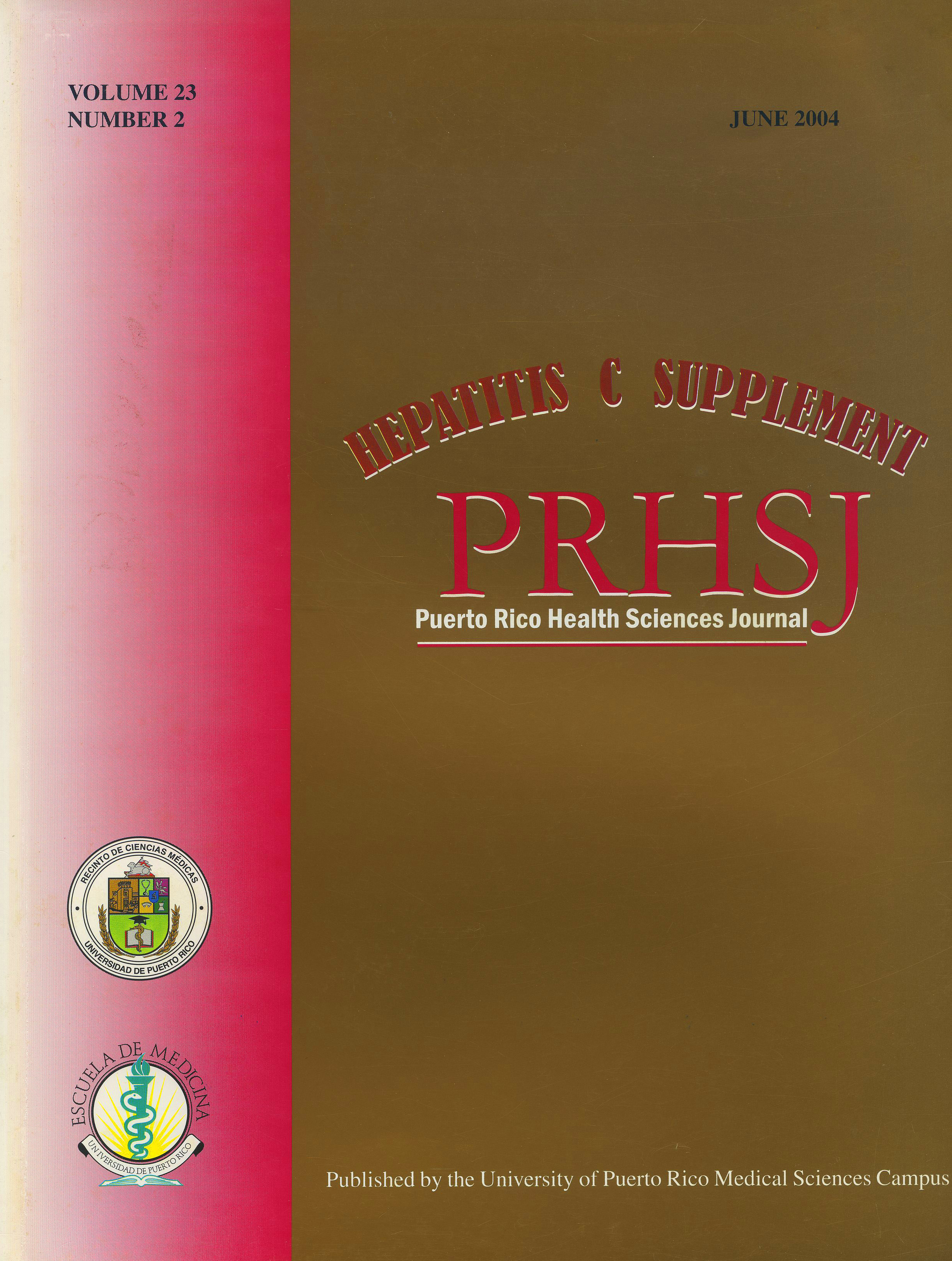Abstract
The natural history of HIV infection has been dramatically changed by the highly active antiretroviral therapies, reducing complications, morbidity and mortality of the disease. Approximately 25% of persons infected with HIV are co-infected with hepatitis C, and some high risk populations have a prevalence of HCV of more than 75%. Liver disease has become one of the principal causes of morbidity and mortality in this population. Co-infection increases viremia of hepatitis C, with increase in fibrosis progression, cirrhosis and death related to hepatitis C. The permanent state of chronic immune activation related to the persistent hepatitis C virus favors transcription of HIV in infected cells and causes a more rapid destruction of T4 and absolute lymphocytes. In addition, the immunologic response after the start of highly active antiretroviral therapy for HIV is less than in mono-infected patients. The role of liver biopsy in the management of coinfected patients is controversial. Many of these patients, even with normal transaminases, show fibrosis in liver biopsy. Predictive factors for advanced fibrosis include male sex, alcohol consumption in excess of 50 grams per day, age over 35, and HIV infection of more than 15 years with CD4 lymphocytes less than 400/mm3. The treatment of hepatitis C is limited and sustained viral response is less than 30% for genotypes 1 and 4. This response is even less in the more advanced stages of HIV and hepatitis C. The determination of when to start treatment and the increased toxicity when combining pegylated interferon plus ribavirin and antiretroviral medications makes the management of these patients more difficult. The development of more potent, safe and tolerated medications is required. Management strategies for patients unresponsive to conventional therapy are geared towards improving liver histology and delaying progression to cirrhosis, hepatocellular cancer and liver transplantation.
Authors who publish with this journal agree to the following terms:
a. Authors retain copyright and grant the journal right of first publication with the work simultaneously licensed under a Creative Commons Attribution License that allows others to share the work with an acknowledgement of the work's authorship and initial publication in this journal.
b. Authors are able to enter into separate, additional contractual arrangements for the non-exclusive distribution of the journal's published version of the work (e.g., post it to an institutional repository or publish it in a book), with an acknowledgement of its initial publication in this journal.
c. Authors are permitted and encouraged to post their work online (e.g., in institutional repositories or on their website) prior to and during the submission process, as it can lead to productive exchanges, as well as earlier and greater citation of published work (See The Effect of Open Access).
